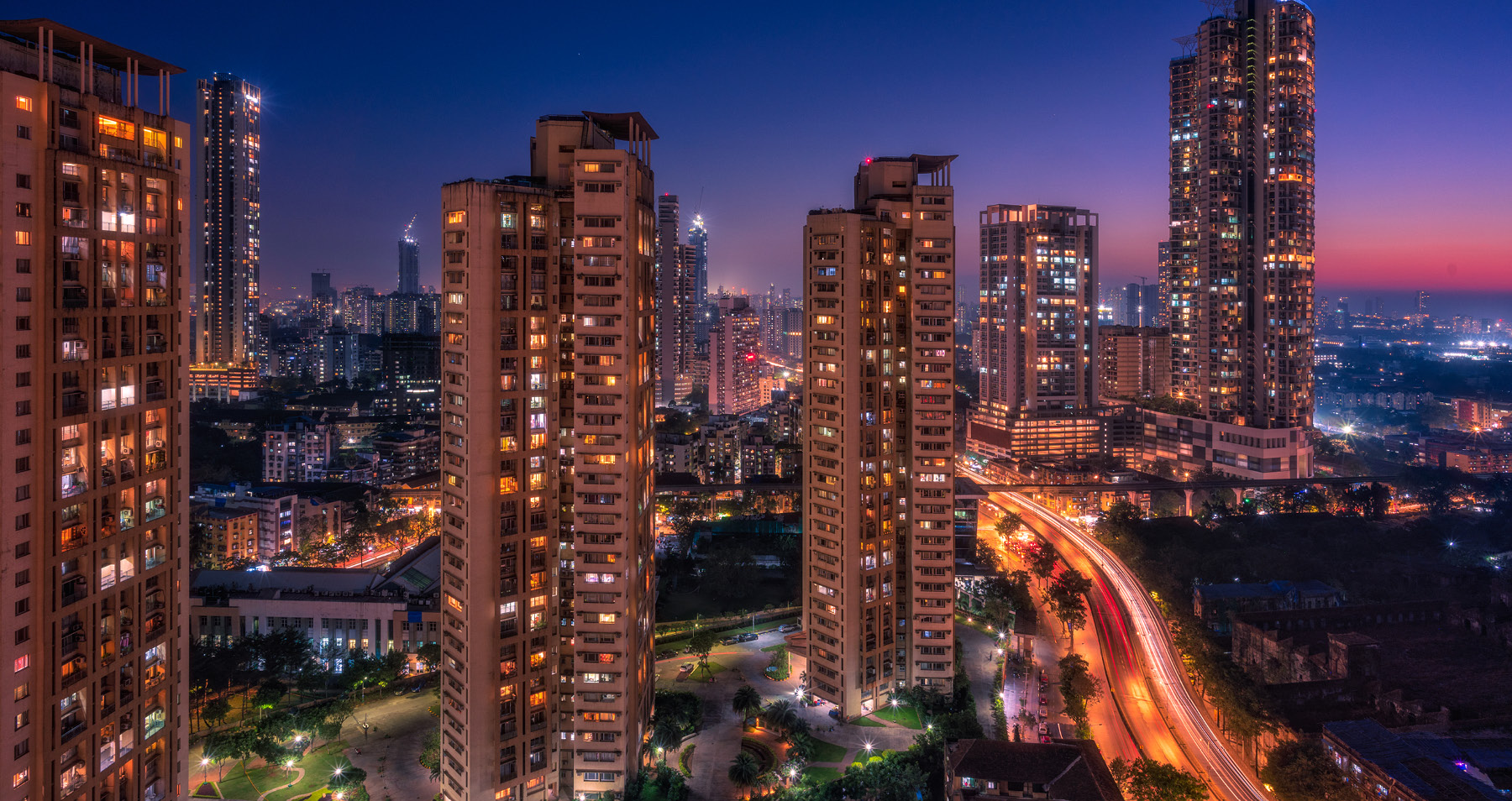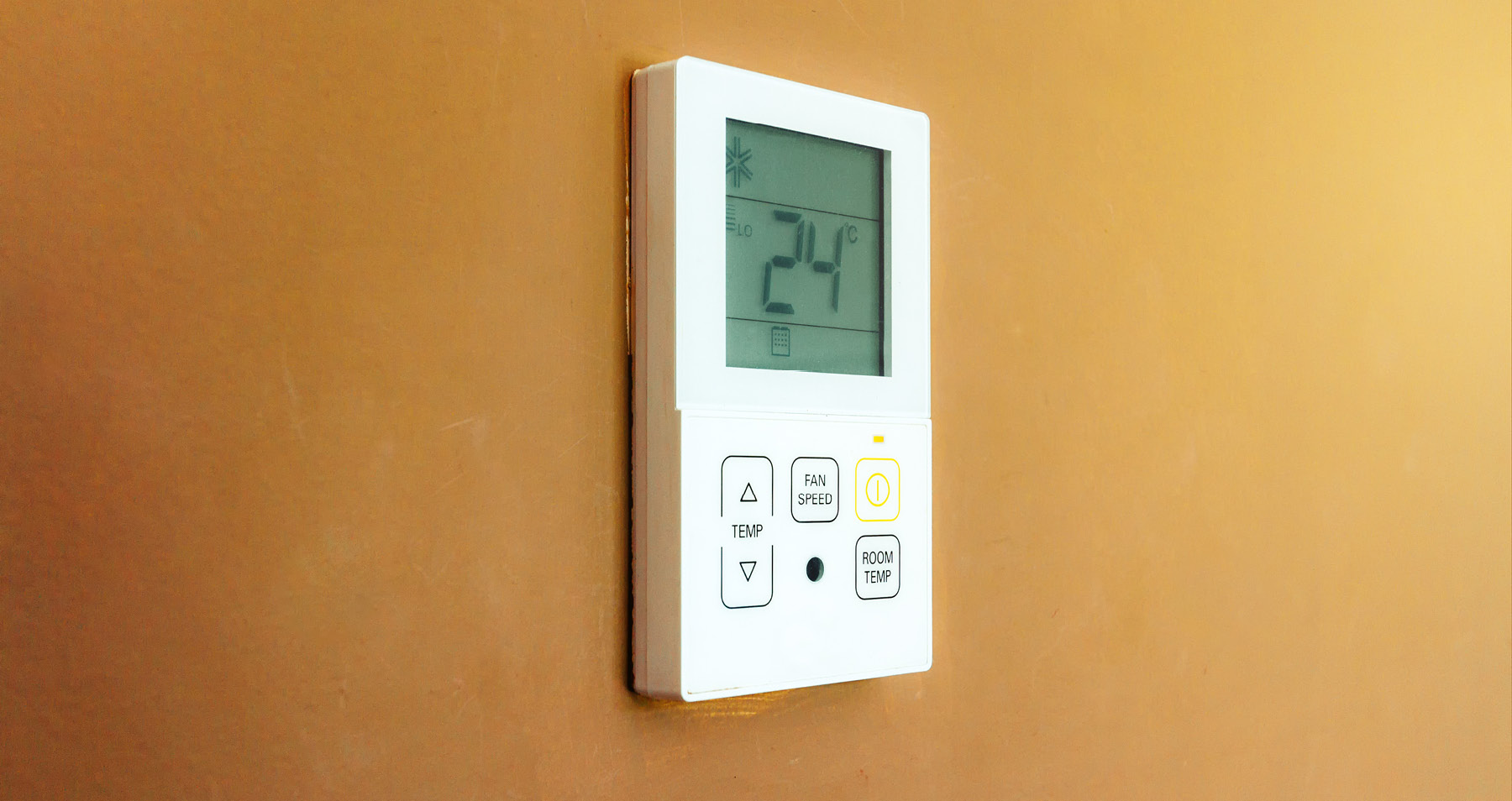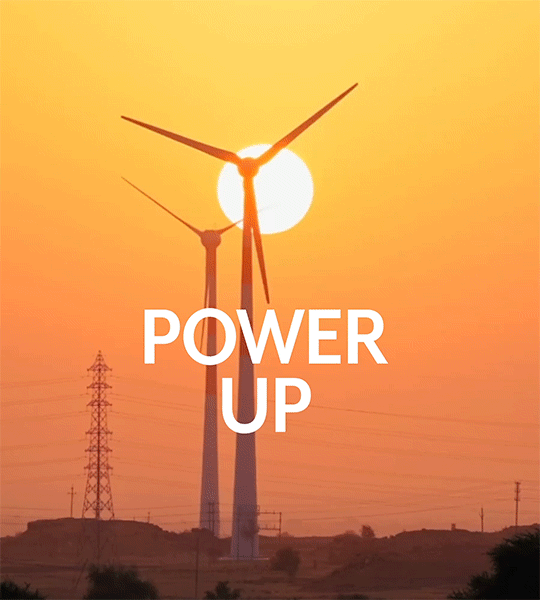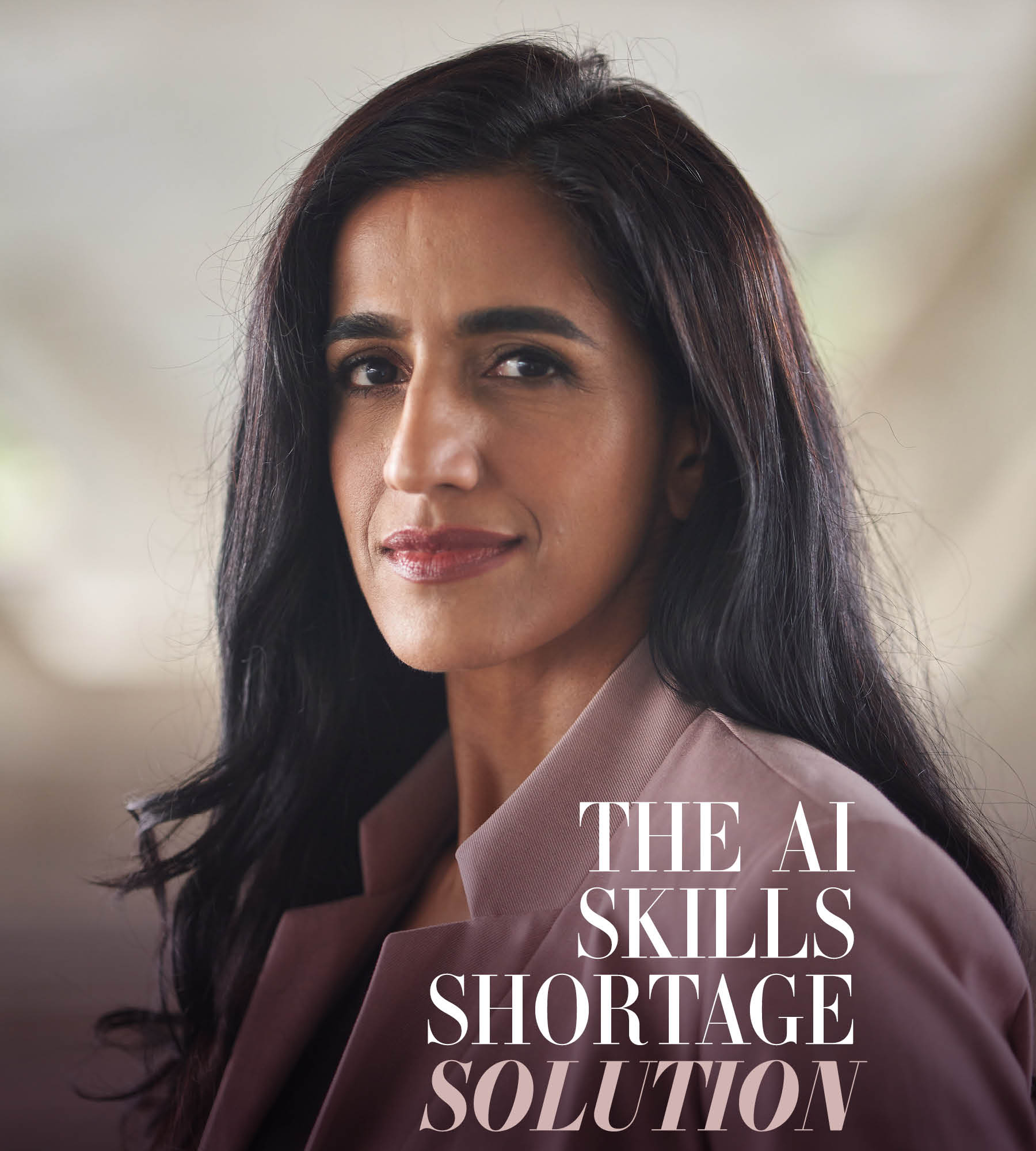India plays a pivotal role in shaping the world of tomorrow – and it’s not just because Jeff Bezos or Bob Sternfels are bullish about the country. It’s all the factors that point toward the inevitable: an unmatched population, younger median age than the global average and a bustling economy.
However, the same factors require India to pay attention to the socio-economic challenges at home. It is among the nations that emit the most carbon dioxide and consume the most electricity generated from fossil fuels. A temperature rise will devastate the country, something that can only be addressed with energy-efficient housing projects, among other initiatives.
“India’s sheer size and its huge scope for growth mean that its energy demand is set to grow by more than that of any other country in the coming decades,” Fatih Birol, Executive Director of the International Energy Agency, and Amitabh Kant, CEO of the National Institution for Transforming India, wrote in The Times of India. “In a pathway to net zero emissions by 2070, we estimate that most of the growth in energy demand this decade would already have to be met with low-carbon energy sources.”

Despite the efforts of the past decade, more people slid back into poverty in 2020 than climbed out of it.
Progress is being made. In 2020, the Bureau of Energy Efficiency in India mandated the default temperature of 24 degrees Celsius for every new air conditioner sold in the country. Consumers are free to change the temperature but most stick to the default, helping them save around 24 percent in terms of electricity.
But the country’s efforts to curb climate change and build an energy-efficient economy aren’t simply derived from objective goodwill; they also stem from desperation.
Cost of Living Crisis
India has done well to preserve its economy during the COVID-19 pandemic, but some challenges are more impactful than others. The political instability in eastern Europe, supply chain disruption and economic slowdown have all contributed to digital inequality, erosion of the middle class and a cost of living crisis.
Everyday essentials have been pushed out of reach of many Indians. Despite the efforts of the past decade, more people slid back into poverty in 2020 than climbed out of it.
According to the Centre for Monitoring Indian Economy, 97 percent of households’ income declined in 2021. Add that to that the rising cost of consumer goods, inconsistent rainfall and rising temperature, and the cost of living has grown significantly.

The political instability in eastern Europe, supply chain disruption and economic slowdown have all contributed to digital inequality, erosion of the middle class and a cost of living crisis.
The World Economic Forum’s ‘The Global Risks Report 2023’ reiterates the importance of sustainable investments to reverse the damage. “Food, fuel and cost crises exacerbate societal vulnerabilities while declining investments in human development erode future resilience,” it stressed.
This is why Indian homeowners and property businesses are trying to limit energy consumption and find sustainable ways to save money, with the government also playing its part. “India’s robust energy efficiency program has been successful in reducing energy use and emissions from buildings, transport and major industries,” Birol and Kant stated.
“Government efforts to provide millions of households with fuel gas for cooking and heating are enabling a steady transition away from the use of traditional biomass such as burning wood.
“India is also laying the groundwork to scale up important emerging technologies such as hydrogen, battery storage, and low-carbon steel, cement and fertilizers.”
It’s important to focus on policy and regulatory frameworks that support the scaling up of sustainable projects and ensure that they are inclusive and gender-responsive. But it is also important for individuals and communities to look at how they can adapt housing to limit their carbon footprint, lower living costs and adopt a greener future.
Historically, rural Indian houses are made from locally sourced and community-powered structures where natural ventilation plays a big role. Here are three of the latest community-driven solutions to drive energy efficiency in households across India.
Decentralized Renewable Energy
Decentralized renewable energy (DRE) applications, which generate renewable separately to the main grid and closer to the user, are built to be energy efficient.
“DRE can make a significant contribution to the energy resilience of cities. By its very nature, DRE reduces the reliance upon central grids, which are often outdated and do not have the necessary capacity to provide reliable electricity,” a report by the Resilient Cities Network said.
“Reliable energy will enable households to be more resilient to a changing climate, including extreme weather events.”
While reducing the costs associated with energy supply, such solutions also offer the potential for economic growth through the development of small businesses.
Women in rural areas, traditionally financially and economically disadvantaged, particularly stand to benefit, with DRE such as solar lanterns, LEDs and clean cookstoves reducing the time wasted in collecting non-renewable fuel and water from distant locations. This means they can spend the time running small businesses from their homes.
Cooling as a Service
With rising temperatures, sustainable cooling becomes an important factor, especially in a hot and humid country like India. Air conditioners and refrigerators haven’t penetrated the majority of the market, yet people cannot risk living without a cooling system anymore.
According to a World Bank report, keeping spaces cool in India using “alternative and innovative” energy efficient technologies can create investment opportunities totaling US$1.6 trillion by 2040. Not only could this help substantially curb greenhouse gas emissions, but it would also create as many as 3.7 million jobs.
“India’s cooling strategy can help save lives and livelihoods, reduce carbon emissions and simultaneously position India as a global hub for green cooling manufacturing,” World Bank Country Director India Auguste Tano Kouamé said. “The report suggests a sustainable roadmap for cooling that has the potential to reduce 300 million tons [272 million metric tons] of carbon dioxide annually by 2040.”
However, high-quality, sustainable products are more expensive, the safety and efficiency standards are not fleshed out, and the marketing strategies are ineffective.

In 2020, the Bureau of Energy Efficiency in India mandated the default temperature of 24 degrees Celsius for every new air conditioner sold in the country.
Cooling as a service aims to solve all these problems by allowing property management companies to partner with service providers to offer affordable cooling to residents.
A service-based approach can reduce upfront investment, release high-grade, sustainable products to the masses and maintain flexible payment options with on-bill repayment and leasing.
Community Solar
Despite the many benefits and incentives attached to solar, Indian households haven’t fully adopted it as a viable energy source. The biggest reason is the high upfront cost that comes with installing solar panels and, in some cases, buying solar batteries.
Delhi is trying a new way to supply clean energy to houses by opting for community solar. Individuals who don’t have a large or functioning roof can join a community solar rooftop.
The city has a higher per capita electricity demand than the national average so community solar can power up dense buildings that are unfit for individual solar arrays.
Meanwhile, Modhera in Gujurat has become the first Indian village to be powered entirely by solar, 24/7, with nearly 12 hectares equipped with solar and rooftop panels.
“There are three major components to this entire project. One is our ground mounted six-megawatt project. The second is the 15-megawatt battery storage system and the third is the one-kilowatt rooftops installed on 1,300 houses,” Chief Project Officer of Gujurat Power Corporation Rajendra Mistry said, as reported by UN News.
Not only does this community initiative reduce the energy bills of the village residents and minimize emissions, but it also provides a source of income, with surplus power sold back to the grid.



